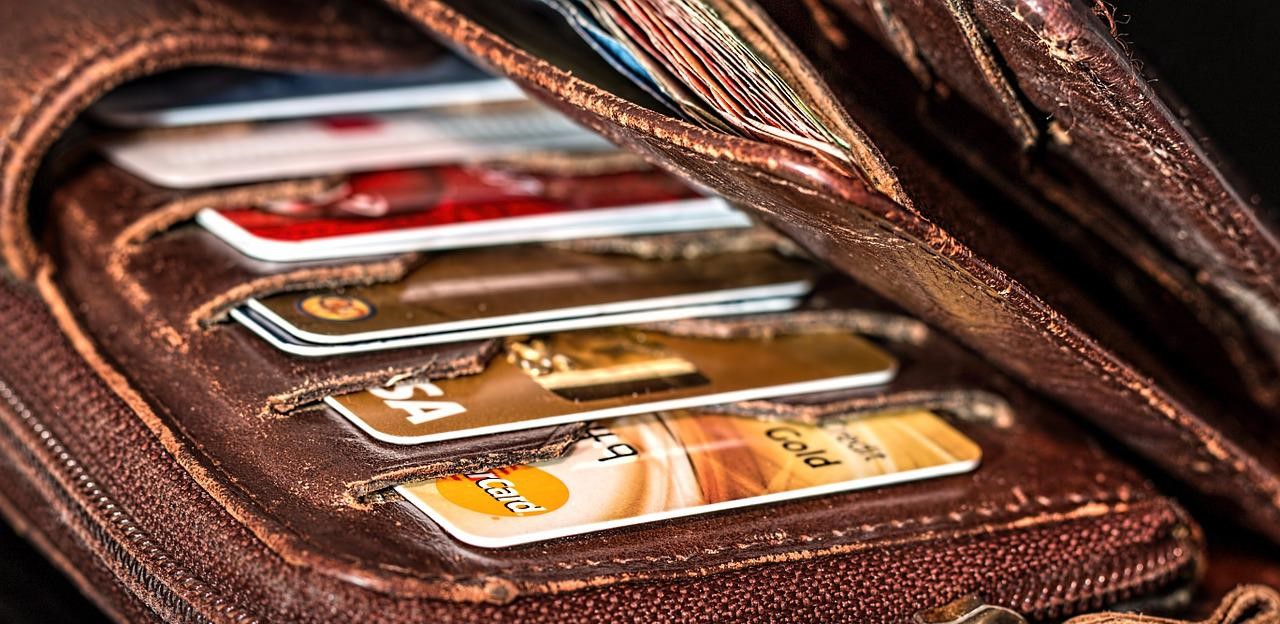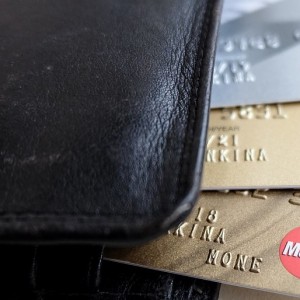It’s no secret that having bad credit can severely hinder one’s financial experience. The worse the credit score, the worse the experience.
“Specifically, bad credit can lead to higher interest rates, less money offered on loans, denial of credit cards, and a more difficult time to get everyday transactions done, such as buying a car, getting a mortgage, or other routine tasks. It can even lead to job denial for jobs that check credit history."
However, that doesn’t need to be the case, not when fixing bad credit is a highly doable proposition.
“There are no shortcuts to fixing a bad credit score, but like many things it can be done with hard work and diligence,” said Matthew Gaffey, certified financial planner at Corbett Road Wealth Management, in McLean, Va.
If improving your credit score is your objective, consider following these steps:
Check your credit score
The first step toward fixing bad credit is to visit annualcreditreport.com where you can get a free credit report. “The reports are updated weekly, and are for free,” said Clint Lotz, president of TrackStar.ai, a predictive API for the financial sector.
Pay off any debts in collection status
Financial consumers looking to repair their credit should enter repayment mode. Debts that are in collections should be a priority, as they make a difference on credit reports.
“We all know that a collection is a bad thing, but if someone with bad credit were to go payoff that collection today and it’s from an emergency room visit three years ago, the 'date of last activity' on the credit report will be updated from three years ago to today,” Lotz said. “This move is all but guaranteed to bring the credit score down substantially.”
Consolidate your debt
Another step to start improving your credit score is to consolidate some or all of your debt. “Many banks, credit card companies, and other lenders would love for you to consolidate their debt with their particular company and likely will give you an incentive to do so,” Gaffey said. “For example, some will provide you with 0% interest on that debt for a specific period of time (i.e. for six, 12, or 18 months).”
Get under 30% credit utilization
If a consumer has lines of credit where more than 30% of the limit is being used, which is called credit utilization, start paying it down as fast as possible. “Credit utilization accounts for 30% of a credit score and can be one of the quickest ways to raise a credit score,” Lotz said.
Use a credit monitoring tool
The benefits of using a credit monitoring tool are numerous.
“First, they provide constant monitoring of all three credit reports, with real-term alerts and notifications of any changes,” said Nicole Kubin, founder of Strategic Divorce Advisory, a financial services firm based in New York. “A credit monitoring firm can flag identity theft issues and may even be able to offer identity insurance to cover expenses required to restore your identity.
The reports are particularly useful if you are trying to improve your credit score as they will demonstrate the direct impact of a certain action or inaction on your credit score.”
Consumers should know that some credit monitoring firms charge a monthly fee ($10 to $12 is a common fee range). And some providers, like the main credit scoring agencies and some lenders (credit card providers, in particular), will offer credit monitoring for free.
Dispute an error on your credit report
Disputing and fixing errors on your credit report can also help financial consumers to boost their credit scores. “In order to check the accuracy of your credit reports, start by obtaining copies of your credit reports from all three credit bureaus: Experian, TransUnion, and Equifax,” said Kubin. “It will be even easier to compile this information if you use a credit monitoring tool.”
If you find an error on your credit report, contact the credit reporting company by certified mail or online via the firm’s website or mobile app.
“Additionally, if you find any items or accounts in your credit report that you do not remember opening, you might have been the victim of identity theft. Immediately notify your bank and credit card companies, and all lenders,” Kubin added.
Your credit score is typically one of the first things lenders look at when considering you for a loan. To ensure you're staying up-to-date with your credit status, enroll in a credit monitoring service. Credible can help you get started.
SOURCE:FOXNEWS IMAGE SOURCE: PIXABAY














